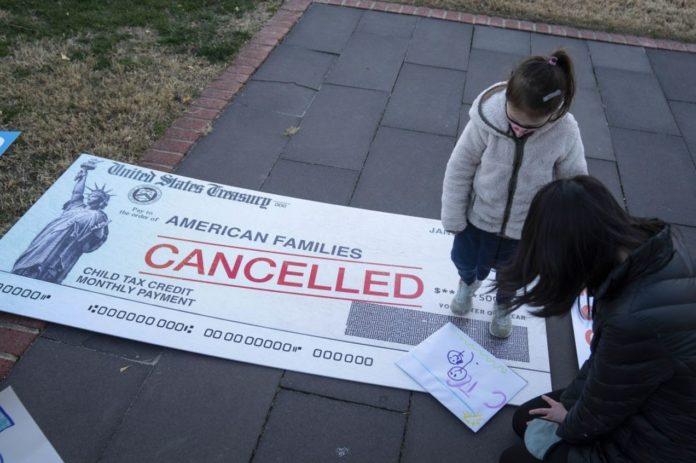After Congress failed to pass the Build Back Better Act, which would have extended the advance Child Tax Credit (CTC) enacted last spring as part of the Biden administration’s COVID-19 relief package, families of more than 61 million children in the United States will not receive a monthly payment for the first time in seven months on January 15.
According to findings from a new study conducted by a Boston University School of Public Health (BUSPH) scientist about the program’s influence on food insufficiency, the loss of these monthly payments may mean that children in low-income households may not have enough to eat in the months ahead.
The study, which was published in the journal JAMA Network Open, found that the first monthly CTC payment, which was distributed to 35 million eligible families on July 15, 2021, reduced food insecurity among US families with children by 26%.
This is the first peer-reviewed study to look at how advance CTC payments affected food insecurity in families with kids.
The American Rescue Plan, passed in 2021, increased the credit’s value and expanded eligibility to cover the one-third of children who had previously been denied the full benefits of the CTC due to their families’ low earnings. Families who qualify for the program could receive up to $3,600 per year (varying from $250 to $300 per month), an increase from the regular $2,000 annual stipend. This extra financial assistance pulled 3.5 million children out of poverty, but the monthly benefits are running out at a time when the latest COVID-19 outbreak threatens to cause more layoffs and significantly disrupt food supplies for many low-income and working-class families.
“Not having enough food is just one dimension of poverty and hardship that families face, and hunger has significant costs to our health and society that are absolutely avoidable,” said Dr. Paul Shafer, study lead author. “This evidence isn’t needed to know that making these changes to the CTC permanent is good policy, but hopefully our work puts more pressure on policymakers to keep working and to find a package—incorporating the CTC—that can pass.”
From January 6 to August 2, 2021, Shafer and colleagues evaluated national survey data on food insecurity among US households with children. Food insufficiency, as opposed to food insecurity, is evaluated by a single metric that assesses the quantity and quality of food in homes, whereas food insecurity is assessed by a more complete collection of variables developed by the US Department of Agriculture.
After analyzing 585,170 replies from more than 77,000 homes, the researchers discovered that the percentage of families experiencing food insufficiency decreased more than twice as much in households with children as in households without children following the initial CTC payment. Food insufficiency fell the highest among Hispanic households (from 22.3 percent before the first CTC payment to 12.3 percent after the payment) and the least among Black households (from 22.3 percent before the first CTC payment to 12.3 percent after the payment).
“The advance CTC provides a historic opportunity to alleviate long-standing inequities in food insecurity, resulting from decades of policies that have marginalized Black and Hispanic families,“ adds Dr. Stephanie Ettinger de Cuba, a co-author of the study. “Allowing this evidence-based policy to expire will not only push millions of children back into hardship, but it threatens the health and economic stability of children and families across the country, particularly children in marginalized communities.”
Through the Build Back Better Act, Democratic legislators are continuing to press for permanent implementation of the advance CTC payments.
“The Build Back Better Act, passed by the U.S. House of Representatives and pending in the Senate, would ensure families with very low incomes are permanently eligible for the full benefits of the CTC, and would extend the boosted credit amount for another year,” adds Allison Bovell-Ammon, another co-author of the study. “Swift passage of this legislation is critical for reinstating advance CTC payments for families and making steps toward advancing racial equity by ensuring that all children have opportunities to thrive.”
Source: 10.1001/jamanetworkopen.2021.43296
Image Credit: Getty
You were reading: US Food Insufficiency Dropped by 26% After Child Tax Credit Advance Payments
